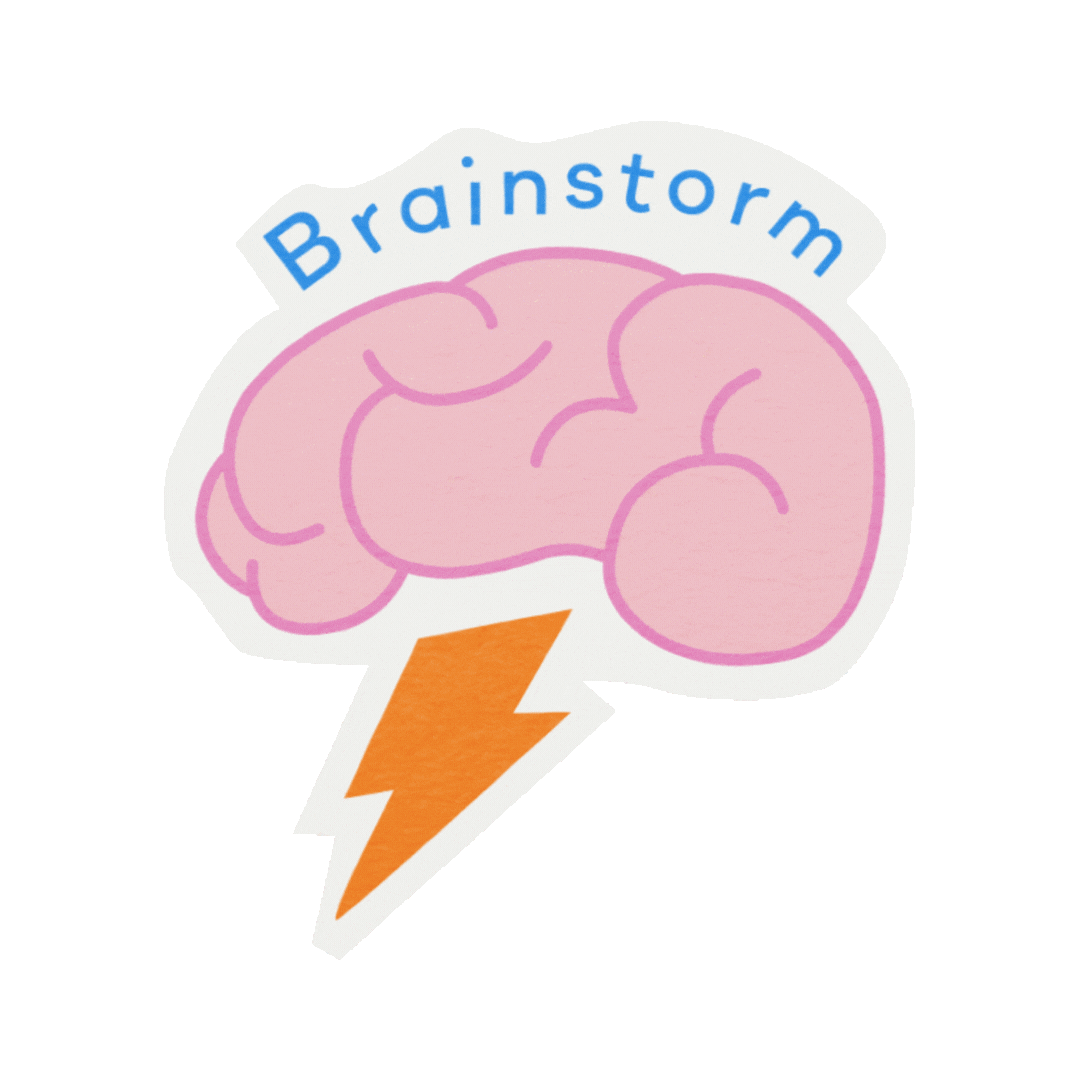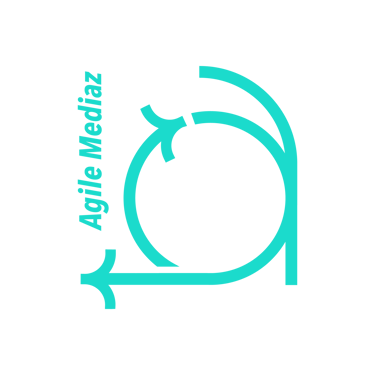How to Create a Content Calendar for Your Small Business
A content calendar helps small business owners stay organized, plan engaging posts, and achieve their goals with consistent, well-timed content.
CONTENT CREATIONSOCIAL MEDIAONLINE BRANDINGDIGITAL MARKETINGMARKETING PLAN
Agile Mediaz
12/27/20244 min read


Why Every Small Business Needs a Content Calendar
Running a small business means wearing multiple hats, and keeping up with content creation can feel overwhelming. A content calendar is a simple yet powerful tool that helps you stay organized, consistent, and strategic in your marketing efforts. It allows you to plan ahead, maintain a steady flow of content, and ensure you’re engaging your audience at the right times. Whether you’re managing social media, blog posts, or email campaigns, a well-structured content calendar can make all the difference.
Step 1: Choose the Right Tools
You don’t need an expensive software solution to build a content calendar—a simple Google Sheet, Excel spreadsheet, or free project management tool like Trello or Asana can do the job. The key is to use something that is accessible, easy to update, and works for your business workflow.
A digital calendar is ideal because it allows you to edit on the go, collaborate with team members, and track deadlines easily. If you prefer visual planning, tools like Trello let you organize content into categories like "Planned," "In Progress," and "Published" for better workflow management.
💡Pro Tip: Keep your content calendar accessible across devices so you can update it anytime, anywhere.
Step 2: Set Clear Goals for Your Content
Before adding content to your calendar, take a moment to define your content marketing goals. What do you want your posts to achieve? Goals can include:
Increasing brand awareness
Driving traffic to your website
Boosting engagement and community interaction
Promoting products or upcoming sales
Aligning your content with your business objectives ensures that every post has a purpose rather than just filling up your calendar. If you aim to post twice a week, make sure your content supports broader marketing efforts like product launches, seasonal promotions, or customer engagement campaigns.
📌 Action Step: Write down three key content goals for the month before planning your posts.
Step 3: Brainstorm Content Ideas
This is where your creativity kicks in! Start listing potential content ideas based on your business niche and audience preferences. Your content should be a balance of informative, engaging, and promotional posts to keep followers interested without feeling "sold to" all the time.
Content Ideas for Your Calendar:
Educational posts (how-to guides, industry tips, FAQs)
Behind-the-scenes content (your work process, team culture)
Customer testimonials or success stories
Seasonal and trending topics (holiday promotions, industry news)
Interactive posts (polls, Q&A, contests)
Check for upcoming holidays, events, or special occasions that align with your brand—these can be great opportunities to create timely and relevant content.
💡 Pro Tip: Mix up your content formats (videos, graphics, text posts) to keep your audience engaged.
Step 4: Schedule Your Posts Strategically
Once you have a list of content ideas, map them onto your calendar. Assign specific days for different types of content to create a structured posting schedule.
For example, if you run a bakery, your content calendar might look like this:
Monday: Baking tips and tricks
Wednesday: Showcase a best-selling pastry
Friday: Behind-the-scenes video of your team preparing orders
Having a set schedule makes it easier to plan content in advance, reducing the stress of last-minute posting. Also, consider the best times to post based on audience activity—platform insights like Instagram and Facebook analytics can help identify when your followers are most engaged.
📌Quick Tip: Use free scheduling tools like Meta Business Suite, Buffer, or Later to automate posts and maintain consistency.
Step 5: Track Performance and Adjust Accordingly
A content calendar isn’t a “set it and forget it” tool—it should be reviewed and adjusted based on performance insights. After a month, analyze how well your content performed:
Which posts received the most engagement (likes, comments, shares)?
Did any content drive traffic to your website?
What topics or formats resonated most with your audience?
Use free analytics tools like Instagram Insights, Facebook Analytics, or Google Analytics to measure impact. If certain types of posts perform better, adjust your strategy to focus more on what your audience enjoys.
💡 Pro Tip: Regularly update your calendar with new ideas, feedback, and improvements based on past results.
Final Thoughts: Get Started Today!
A content calendar is an essential tool for staying organized, consistent, and intentional with your digital marketing efforts. Whether you’re planning social media, email campaigns, or blog posts, having a structured schedule saves time and reduces stress while ensuring that you connect with your audience in meaningful ways.
Key Takeaways:
A digital content calendar keeps your posting schedule organized and efficient.
Set clear content goals to ensure every post has a purpose.
Brainstorm and mix up content types to keep engagement high.
Schedule strategically based on audience activity for maximum reach.
Analyze and adjust your strategy based on performance insights.
Start simple—use the tools you have, jot down your ideas, and create a schedule that fits your business. With a little planning, you’ll soon wonder how you ever managed without a content calendar!
Subscribe to our newsletter for more actionable tips and insights!






Connect
Empowering small businesses through digital marketing solutions.
Explore
Innovate
contact@agilemediaz.net
© 2024. All rights reserved.

